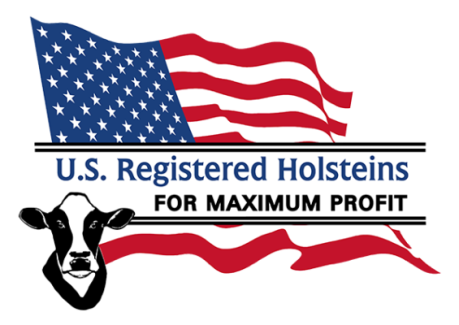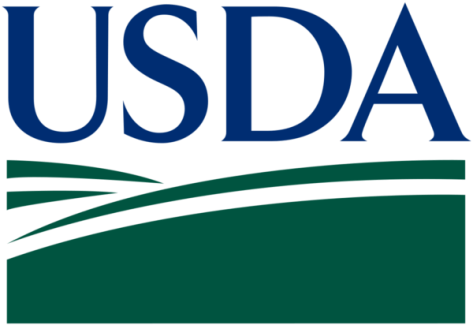Four years ago, the Rosy-Lane Holsteins dairy near Watertown, Wisconsin, stopped using antibiotics to treat its 870 milking females.
Last year, it had no cases of either ketosis or milk fever, and the farm’s veterinary bills have dropped by two-thirds.
Lloyd Holterman, who owns the dairy with his wife, Daphne, and partners Tim Strobel and Jordan Matthews, said the achievement was made possible by a focus on animal health and a desire to reduce antibiotic use in light of attention on antimicrobial resistant bacteria in animal and human health.
“Healthier cows make more money, and reducing vet costs and foot trimming costs and overall herd health costs leads to better feed efficiency, leads to environmental and food safety improvements for the consumer,” Holterman told those at the recent Western Canadian Dairy Seminar in Red Deer.
Healthy cows are crucial to the dairy’s milk production goal relative to feed intake.
“The over-arching goal and the reason that we’re so bent on getting these cows really healthy, (is) if we can produce 1.7 pounds (of milk) … for every one lb. of dry matter intake, we’re going to be extremely practical.”
Rosy-Lane has achieved this goal only once, in 2015, when high quality feed was readily available, said Holterman. Usually the dairy is slightly short of that goal.
However, it also aims for $800 in profit per cow per year, on a three-year average, and last year it achieved $921.
Technology and capable staff allow the dairy to move 870 cows through the double-12 milking parlour three times a day. Milk makes up 92 percent of the farm’s income with five percent coming from cull cows and bulls and the rest from sales of genetics and from government programs, said Holterman.
He described the quest for cow health and high production as a “puzzle in progress” that would have different pieces depending on the operation.
For Rosy-Lane, those pieces include technology, genetics, people, housing, nutrition, herd health, milk harvest and calves.
Antibiotics are no longer used on cows, but the same is not true for calves, although the goal is for minimal use.
“On the baby calves, that’s a little trickier deal,” he said.
Calf boxes have blankets rather than straw, and each navel is dipped at least three times to prevent infection. Calves are given colostrum within 30 minutes of birth.
The calving area is steam cleaned once a week in winter and twice in summer and treated with a strong disinfectant.
Holterman said all cows are housed together after calving, kept in clean alleys with a place to lie down and given access to fresh feed around the clock.
“Let the cow be a cow,” advised Holterman, and once they’ve calved, provide energy-rich feed to improve milk production and don’t overcrowd.
Rosy-Lane doesn’t use hormones to stimulate ovulation. Holterman said he is hoping to improve reproduction rates through genetics and breeding, although he acknowledged that is a longer-term process.
As for rations, Holterman said Rosy-Lane gives what some might consider “a suicide diet” of 51 percent grain and 49 percent forage. However, in his area of the U.S. Midwest, corn and soybeans are plentiful and cheap while forages are expensive.
Sand in the free-stall barns is freshened twice a week. The farm does its own foot trimming and reduces lameness by scraping alleys daily, keeping them dry and having cows go through a copper sulfate footbath once a week and a soap and chlorine footbath twice a week.
Holterman said protocols specifically designed for cow health have paid off for his dairy. The other key, he said, is to have good partners so that he is able to concentrate on the journey toward ever-healthier cows.
Source: Western Producer




